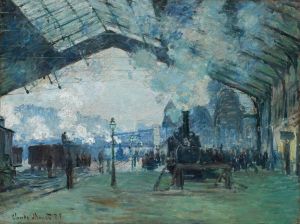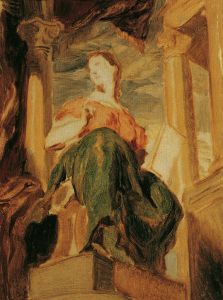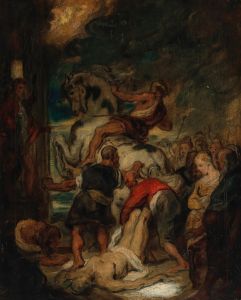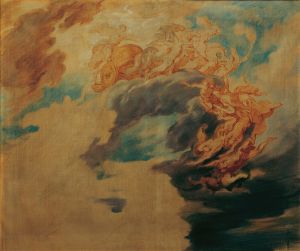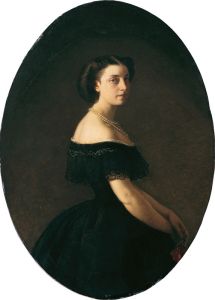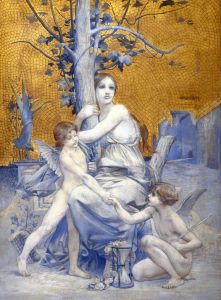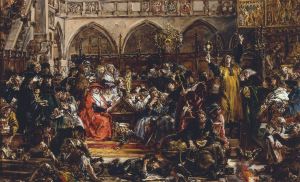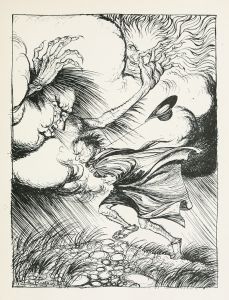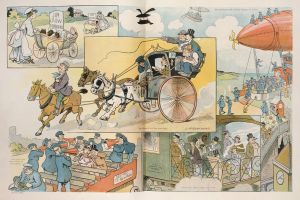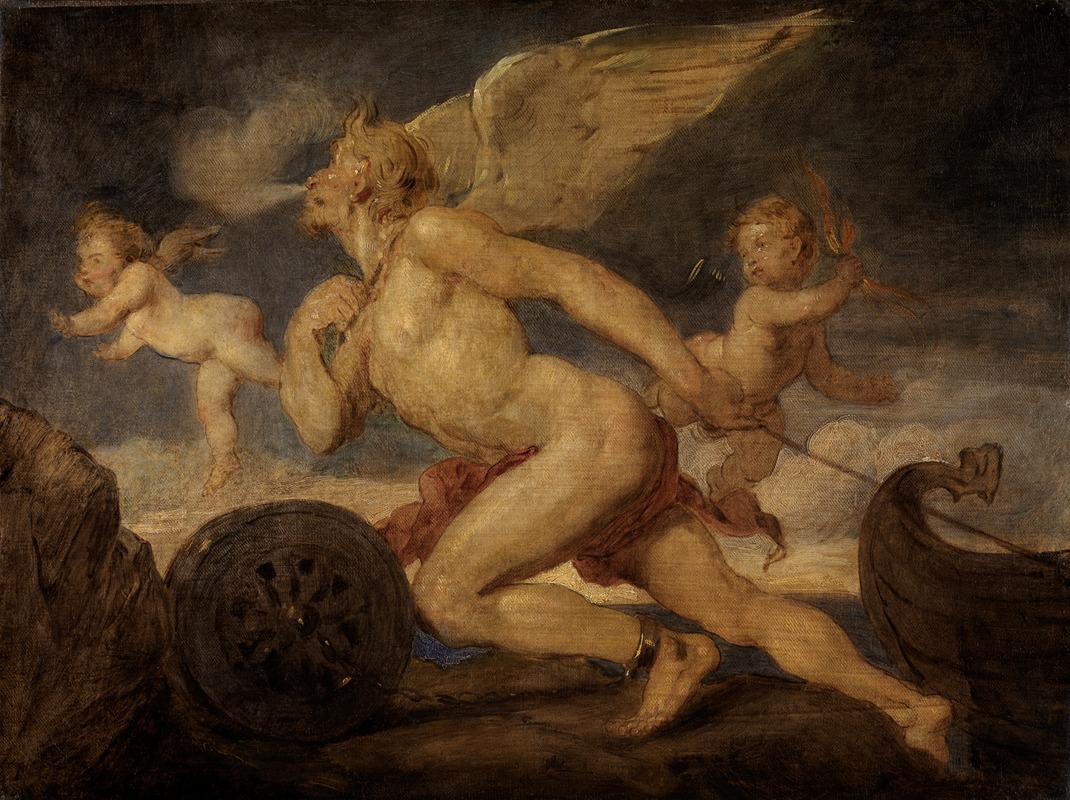
Allegorie der Dampfkraft
A hand-painted replica of Hans Canon’s masterpiece Allegorie der Dampfkraft, meticulously crafted by professional artists to capture the true essence of the original. Each piece is created with museum-quality canvas and rare mineral pigments, carefully painted by experienced artists with delicate brushstrokes and rich, layered colors to perfectly recreate the texture of the original artwork. Unlike machine-printed reproductions, this hand-painted version brings the painting to life, infused with the artist’s emotions and skill in every stroke. Whether for personal collection or home decoration, it instantly elevates the artistic atmosphere of any space.
Hans Canon, an Austrian painter, created the artwork "Allegorie der Dampfkraft" (Allegory of Steam Power) in the late 19th century. Canon, whose real name was Johann Baptist Strašiřipka, was known for his historical and allegorical paintings, often incorporating elements of classical mythology and contemporary themes. Born in 1829 in Vienna, Canon studied at the Academy of Fine Arts in Vienna and later in Düsseldorf, where he was influenced by the Düsseldorf school of painting, known for its detailed and realistic style.
"Allegorie der Dampfkraft" reflects the industrial advancements of the 19th century, a period marked by rapid technological progress and the rise of steam power as a transformative force in society. The painting is an allegorical representation, a common artistic approach of the time, where abstract ideas are personified through figures and symbols. In this work, Canon likely sought to capture the essence and impact of steam power, which was revolutionizing transportation, manufacturing, and daily life.
The painting is characterized by its dynamic composition and vivid imagery, typical of Canon's style. It likely features personifications of steam power, possibly depicted as muscular figures or deities, symbolizing strength and innovation. These figures might be surrounded by elements representing industry, such as machinery, steam engines, or factories, illustrating the pervasive influence of steam technology.
Canon's use of allegory serves to communicate the awe and optimism associated with technological progress during the Industrial Revolution. The painting not only celebrates the achievements of the era but also reflects the societal changes brought about by these advancements. By employing classical motifs and a grandiose style, Canon connects the modern industrial age with the grandeur of ancient civilizations, suggesting a continuity of human ingenuity and progress.
Hans Canon's work, including "Allegorie der Dampfkraft," is part of a broader artistic movement in the 19th century that grappled with the implications of industrialization. Artists of this period often explored themes of progress, power, and the relationship between humanity and technology. Canon's paintings are noted for their technical skill and ability to convey complex ideas through visual means.
While specific details about the composition and elements of "Allegorie der Dampfkraft" are not extensively documented, the painting remains an important example of Canon's oeuvre and the artistic exploration of industrial themes. It reflects the cultural and historical context of its time, offering insight into how artists perceived and interpreted the transformative power of technology.
Hans Canon continued to produce significant works until his death in 1885. His contributions to art, particularly in the realm of allegorical and historical painting, have been recognized for their depth and technical proficiency. "Allegorie der Dampfkraft" stands as a testament to his ability to blend classical artistic traditions with contemporary themes, capturing the spirit of an era defined by innovation and change.





